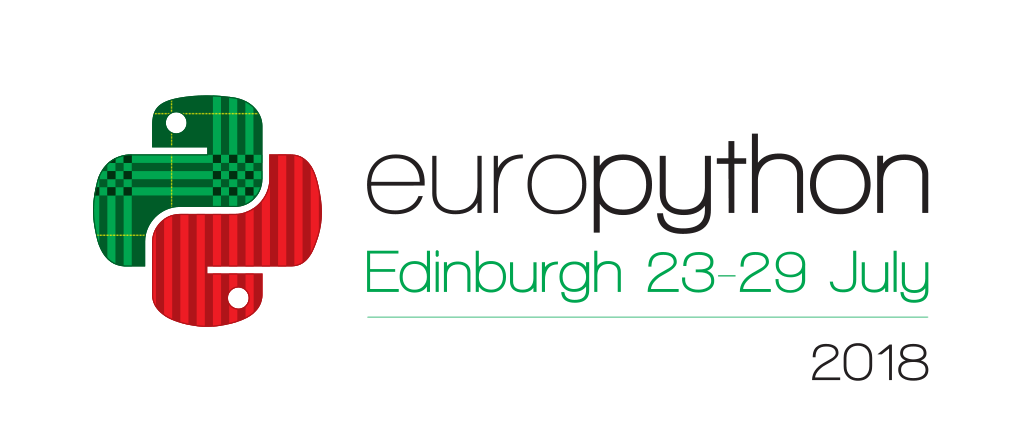A Python-flavored Introduction to Containers And Kubernetes
NOTE: This workshop is for very beginners. If you already have had experience with containers and/or Kubernetes, you likely not get much out of this training.
While not required, if you want to follow along, please follow this link below to set your environment up: requirements
Containers have more or less taken over the world of application, web APIs, mobile endpoints and other forms of deployment. They have become the currency, the “table stakes” and de-facto application deployment unit. Their raise to the fore has brought about a whole host of use cases which weren’t practical or accessible in the world of “classic” paradigms of infrastructure and virtualization. Containers have also brought application deployment closer and more accessible to developers.
But as more use cases, deployment styles and exponential adoption of containers was ongoing, a new set of problems began to surface: how do you manage the ever growing number of containers in a deployment? How do you make sure containers have the right resources, deployed to the right machine, running with the correct parameters, how do you scale in and out without disruption? How do you make sure in a fleet of X containers that they’re all running and in healthy state? Enter Kubernetes.
The goal of this course is to give the attendees a solid foundation of the core concepts mentioned above both in theory and hand-on practice using docker, kubernetes and friends to deploy a sample multi-tier python web application. All attendees need is a laptop with minikube installed and an Internet connection.
Full course outline and abstract (because character limit) here.
This training is an up-to-date version of the training delivered at last year’s EuroPython
